Overcoming Drug Discovery Challenges Through AI-Driven Innovation

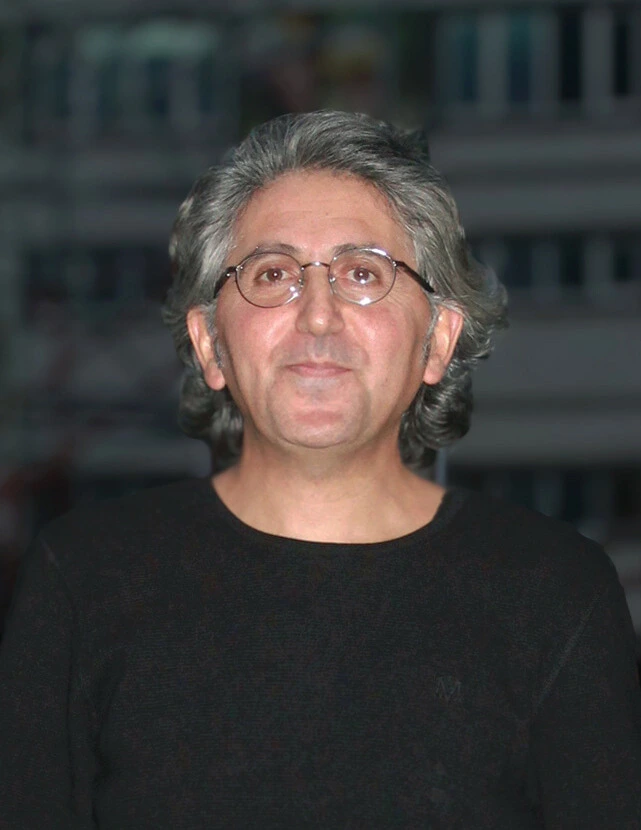
The role of Artificial Intelligence (AI) and machine learning (ML) in drug discovery is growing exponentially, transforming the landscape and enabling faster, more precise breakthroughs. We had an insightful interview with Dr Chris Foley, Chief Scientist and Director at bioXcelerate, where we discussed how their cutting-edge technologies, such as Ant Map and Switch Step, are revolutionizing early-phase drug discovery by addressing challenges like missing data and accelerating time to insight.
Click the picture to view the PDF version: Pg 44-47.
Looking toward the future, what are some of the most promising areas of AI research and development in the health sciences?
Dr. Foley: ML technologies show promise, but we’re still at an early stage. Implementing them in healthcare is a slow, highly regulated process which requires approval from clinicians, biologists, geneticists, and other stakeholders, not just computer scientists.
We need to co-educate and collaborate to build AI systems that genuinely improve patient outcomes, rather than simply enhancing algorithmic speed or clinical insight. We’re transitioning from traditional statistical models, which impose structures on biological relationships, to modern AI that learns those relationships.
While assumptions about the connections between genes and diseases were previously made, AI lets us explore these interactions more flexibly; moving beyond the idea that genetic risk sits on a linear path and recognizing that regions of the genome might interact in complex, hidden ways. AI can help uncover cryptic relationships, offering a better understanding of genetic risk factors and how they contribute to disease.
With AI’s role expanding in healthcare, what challenges do you foresee in integrating these technologies into clinical practice?
Dr. Foley: The fundamental challenge isn’t just accommodating new technologies but having competent people who understand their nuances. As we rely more on data-driven decisions and advanced algorithms, we need experts who are trained to integrate AI with clinical practice.
Future professionals need to align with clinical norms, patient outcomes, and the regulations that govern pharma, biotech, and health organizations. Without proper training, algorithms could become contextually irrelevant and never be used in practice, which would be a waste of resources.
How do you envision AI further transforming healthcare, including cancer diagnosis and treatment?
Dr. Foley: We focus on leveraging vast amounts of genetic data to identify causal genes and proteins linked to disease risk. Our goal is to develop drugs that target the-se gene products to reduce risk. AI and machine learning helps us navigate through millions of genome sequences and biological endpoints to uncover hidden patterns linking genes and diseases.
Imagine a matrix of countless dominoes, where one has fallen, but you don’t know the path it took. We are trying to reveal that path through AI, as the possible genetic combinations are more numerous than particles in the universe. Traditional computing can’t handle this complexity, so we rely on advanced mathematical approaches to pinpoint the most likely genetic networks responsible for disease risk.
AI allows us to efficiently identify networks of genetic factors and individualize treatments. Two people may have the same causal gene for a disease, but the way it’s expressed could be different, resulting in different responses to treatment. Building knowledge graphs enables us to aid drug discovery and repurposing, but also tailor treatment protocols to minimize side effects and maximize efficacy, which can fast-pace the patient’s journey to becoming disease-free.
Can you describe how AI algorithms identify potential drug targets and how this approach has changed the landscape of drug discovery?
Dr. Foley: AI plays a vital role in driving efficiency in reproducible processes, and reducing the number of stepsrequired. For example, instead of screening 10,000 drug candidates, we could narrow it down to the best ten and select the final candidate from those. This approach gives us a 1000-fold speedup to make decision-making more efficient, saving time and resources.
With PleioGraph processing data 75 to 100 times faster than current standards how do you envision this impacting the timeline for bringing new drugs from the lab to patients, especially in oncology?
Dr. Foley: PleioGraph ma-kes it feasible to identify networks of cause and effect across tens of thousands of biological processes, which wo-uld otherwise be computationally impossible. This step change enables us to uncover insights about causal genes and proteins and their relati-
onships to intermediate traits that may lead to disease.
While there are only about 1,000 diseases globally, most traits we measure are intermediate processes. In addition to speeding up specific processes, PleioGraph provides insights that would typically require quantum computing. By using subtle mathematics, it narrows down highly improbable networks, giving clinicians and geneticists a clear understanding of the cause-effect relationships and advancing early-phase drug discovery.
How can AI and ML change the drug discovery environment, reduce costs for drug development, and how will these savings affect patient access to new treatments?
Dr. Foley: Using data to improve clinical trial inclusion/exclusion criteria allows us to determine patients who are more or less likely to suffer side effects. This has ethical importance in ensuring we exclude participants who might face severe reactions or include those who will benefit more from treatment. It’s not just about saving lives but improving quality of life. Through tools like PleioGraph, we can achieve real progress by uniting data-driven insights with clinical design, ensuring AI and clinical expertise work together to improve personalized treatment outcomes.
Can you discuss the specific advantages of some of your applications, such as PleioGraph’s SwitchStep and ImpMap tools, in identifying potential drug targets and understanding disease mechanisms?
Dr. Foley: Practical limitations mean we can’t immediately integrate AI and machine learning technologies. One major limitation is missing data. Many algorithms assume complete information about a participant’s disease status and relevant biological characteristics but, in reality, we often lack this data. Lacking genetic information causes the true mechanism behind a disease to be missed.
ImpMap is a computational method we use to fill in these missing data points, minimizing bias and improving the accuracy of cause-and-effect analysis. We rely on reference data we’ve already collected, creating a proxy for missing information and incorporating uncertainty into our models. This avoids overly precise recommendations that might be misleading.
Another challenge is that algorithms from academia, while excellent, aren’t always suited for industry-scale applications. At bioXcelerate, we bridge this gap by contextualizing research for practical use in pharma. Our proprietary technology, Switch Step, allows us to gain insights in seconds, rather than the hours, days, or weeks required by current technologies. This is crucial in pharma, where faster insights save time, resources, and ultimately improve patient outcomes.
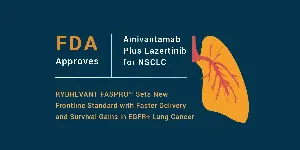

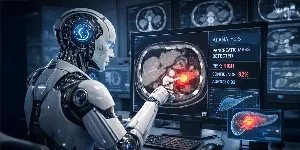

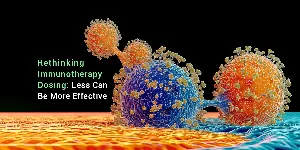
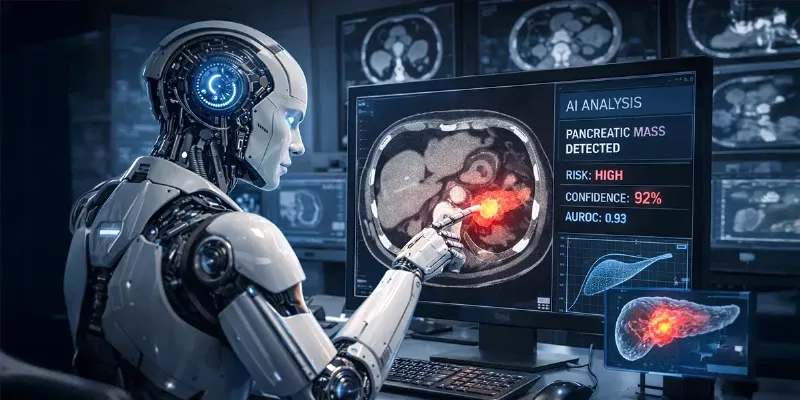
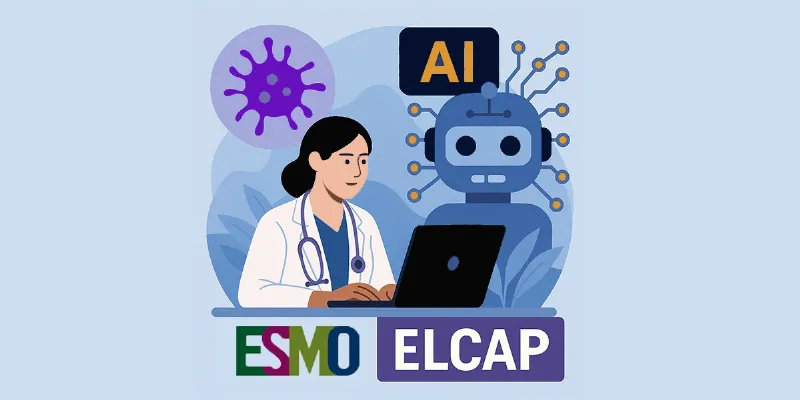
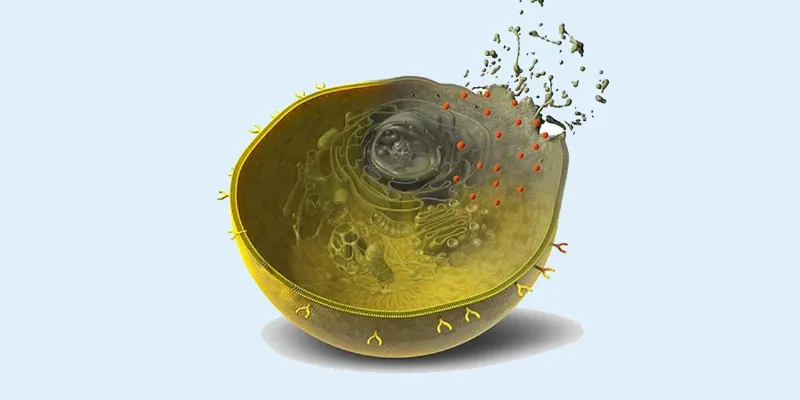

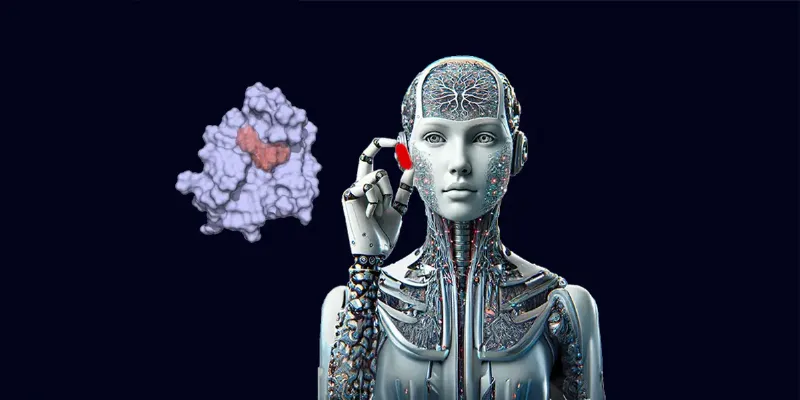
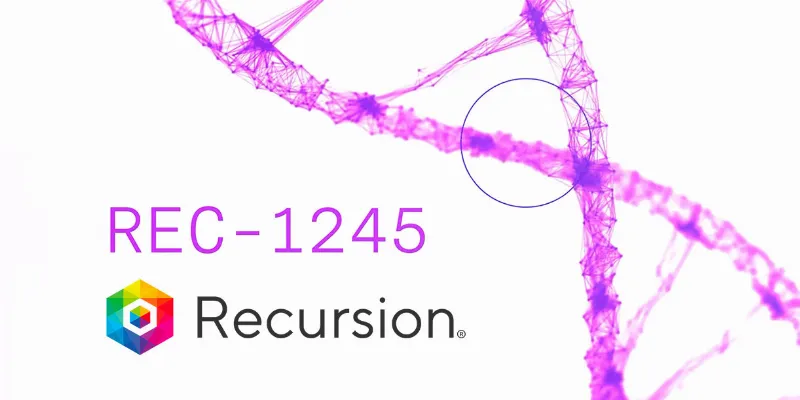
Comments
No Comments Yet!